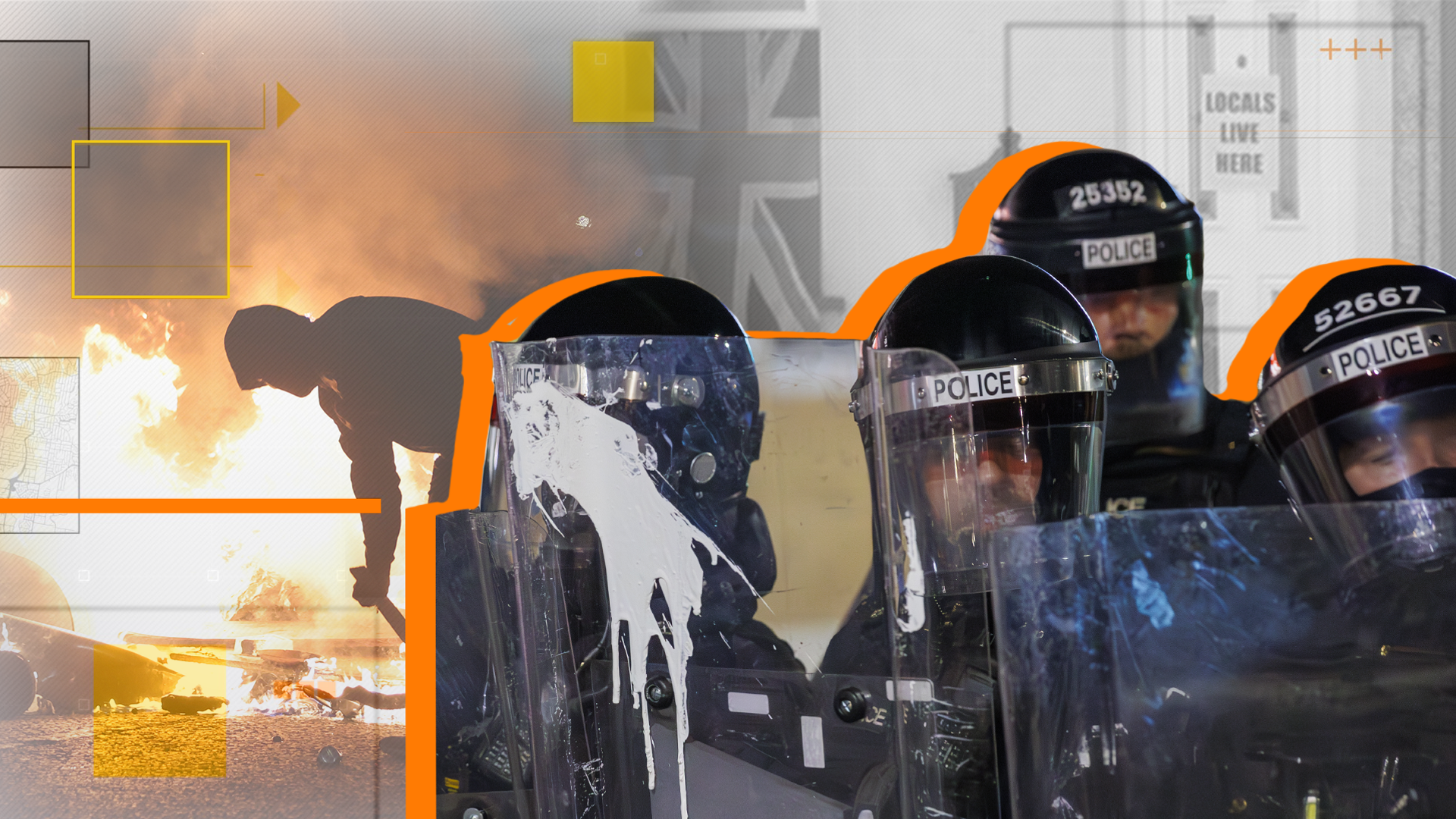The Silent Genius: How AI Copilots Elevate Every Task Behind the Scenes
AI copilots are quietly transforming how we work—powering productivity, enhancing creativity, and simplifying complexity. This post explores how these behind-the-scenes digital assistants are reshaping modern workflows and making us smarter, faster, and more effective.
In every workplace revolution, there’s always an unsung hero—a technology that doesn’t make noise, demand attention, or chase the spotlight, yet fundamentally transforms how we think, work, and create. Today, that quiet force is the AI copilot.
AI copilots are intelligent digital assistants that work quietly in the background, helping humans navigate the increasing complexity of modern work. They don’t lead meetings or grab credit, but they can summarize that meeting in seconds. They may not speak up in a brainstorming session, but they’ll turn scattered thoughts into structured ideas.
This article explores how AI copilots, the “silent geniuses” of the digital age, are redefining productivity, creativity, and decision-making—without ever needing center stage.
What Is an AI Copilot?
An AI copilot is an AI-powered assistant that works alongside humans in real time. Unlike traditional automation tools that execute static tasks, copilots understand context, process language, and learn continuously.
Think of them as collaborative agents that:
-
Suggest ideas or edits
-
Summarize information
-
Generate content
-
Perform calculations
-
Offer recommendations
-
Translate between formats or languages
Whether embedded in your email, your design tool, your spreadsheet, or your code editor, they support, optimize, and amplify your efforts—without ever replacing you.
Quietly Transforming Daily Workflows
AI copilots don’t just automate—they enhance. They make knowledge workers faster, sharper, and more confident in their decisions.
For Writers and Marketers
From headlines to full blog drafts, copilots help overcome creative blocks, rewrite for clarity, suggest alternate phrasings, and ensure consistency across brand messaging. They quietly polish ideas into publish-ready content.
For Analysts and Strategists
Data-heavy roles benefit enormously from copilots that can analyze thousands of rows, generate charts, and write explanations in plain English—turning complexity into clarity.
For Executives and Project Managers
AI copilots track deadlines, draft reports, and highlight risks—helping leaders make faster, data-driven decisions while spending less time on spreadsheets.
For Designers and Creatives
Creative professionals get a digital partner that suggests layouts, generates initial mockups, or offers inspiration based on mood boards—freeing them to focus on nuance and originality.
Why the "Silent Genius"?
AI copilots are not loud technologies. They don’t draw attention like flashy robots or immersive VR systems. Instead, they sit within your existing tools—whispering ideas, cleaning up your work, surfacing insights, or nudging you in the right direction.
They don’t demand change. They blend into your process, seamlessly extending your capabilities. Like a good human assistant, the best copilots don’t just follow orders—they anticipate your needs.
This silent, ambient intelligence is exactly what makes AI copilots revolutionary.
The Benefits: Intelligence at Scale
So what exactly do we gain from these silent copilots?
Speed Without Compromise
They help users produce more, faster—without sacrificing quality. Whether it's a polished email, a quick proposal, or a legal summary, copilots accelerate output across disciplines.
Focus Where It Matters
By handling repetitive, low-complexity work, copilots free humans to focus on deep work: the thinking, creating, and solving that actually moves businesses forward.
Context-Aware Suggestions
Unlike generic automation, copilots operate in context. They can read what you're working on, suggest the next step, or adapt their tone based on audience.
Always On, Always Learning
They don’t take breaks or get distracted. Over time, they also learn from user feedback and preferences, improving their relevance and usefulness.
Copilots Across Industries
Let’s zoom out and see how AI copilots are changing workflows in various sectors.
In Finance
AI copilots generate earnings summaries, analyze market trends, and even help forecast cash flow. They’re becoming essential assistants in boardrooms and financial modeling.
In Education
Teachers use copilots to design personalized lesson plans, assess student writing, and give more targeted feedback—making education more scalable and tailored.
In Healthcare
Though highly regulated, copilots help draft clinical notes, summarize research papers, and assist in scheduling and documentation—easing administrative burdens for doctors and nurses.
In Enterprise Tech
Whether writing code, documenting APIs, or testing systems, copilots like GitHub Copilot and Google Duet make engineers more productive and precise.
The Ethics of Invisible Help
But with silent power comes important questions:
Are We Relying Too Much on AI?
If an AI rewrites all your reports, what happens to your original voice? If it answers all your emails, do you lose touch with your team’s tone and culture?
Are We Losing Skills?
Overreliance may deskill critical thinking, research, or writing—skills that remain essential even in a copiloted world.
Who’s Accountable?
If a copilot suggests a wrong medical dosage or a flawed financial forecast, who is responsible? The user, the AI, or the developer?
These are real concerns—and they underscore the need for human oversight and transparent AI systems that show their sources, limitations, and logic.
Building Trust with the Copilot
The key to successful AI-human partnerships is trust. And trust is built on transparency, reliability, and alignment with user goals.
Best Practices for Using AI Copilots:
-
Always review their output. Treat suggestions as drafts, not decisions.
-
Give feedback. Many copilots learn from user corrections.
-
Use them to enhance, not replace. Keep your core voice and ideas central.
-
Understand their limits. AI is powerful, but it’s not infallible.
-
Prioritize data privacy. Be aware of what your copilot is accessing or storing.
The Future: From Silent to Symbiotic
AI copilots today are still in their early stages. But the direction is clear: more intelligent, more embedded, more collaborative.
Imagine copilots that:
-
Understand tone and emotional intent
-
Collaborate across apps and platforms seamlessly
-
Offer real-time, spoken assistance like a personal advisor
-
Anticipate business needs and generate proactive solutions
In the future, these tools won’t just be silent. They’ll be symbiotic—learning your work habits, mirroring your strengths, and compensating for your weaknesses.
Conclusion: Intelligence Without Interruption
In the rush for bold, disruptive innovation, we often overlook the quiet revolutions—the ones that slip into our daily habits and change everything without shouting.
AI copilots are that kind of revolution.
They are the silent geniuses of modern work: amplifying human creativity, speed, and decision-making, without ever demanding the spotlight. They let us be more focused, more effective, and more human—by handling the machine work for us.
As work grows more complex and fast-paced, the most valuable tools won’t be the ones that dazzle. They’ll be the ones that disappear into your workflow—and elevate it from within.
What's Your Reaction?
 Like
0
Like
0
 Dislike
0
Dislike
0
 Love
0
Love
0
 Funny
0
Funny
0
 Angry
0
Angry
0
 Sad
0
Sad
0
 Wow
0
Wow
0





































